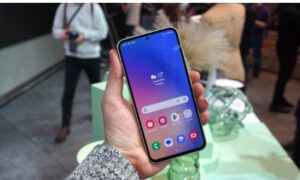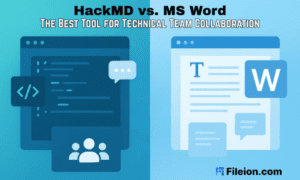Picture this: you open a modestly priced projector, switch it on, and a crisp 100-inch image springs to life on your wall instead of the fuzzy picture you were bracing for. Not long ago, most low-cost projectors were novelties — fun for a while but never a true home-cinema option. That landscape has changed. Compact models with native Full HD resolution, brighter lamps and built-in smart functions are now routine, even in the budget aisle. And with more streaming services and hybrid work keeping people at home, demand for portable projectors has surged well beyond hobbyists to families, students and even small businesses.
Magcubic, for example, reports that it has supplied more than two million customers in over 153 countries through multiple local warehouses — evidence that affordable big-screen viewing has gone mainstream.
This guide walks you through the specs that matter, points out the traps to avoid, and explains how today’s generation of budget projectors can turn an ordinary living room into a surprisingly immersive movie space without emptying your wallet.
What to Look For in a Budget Projector
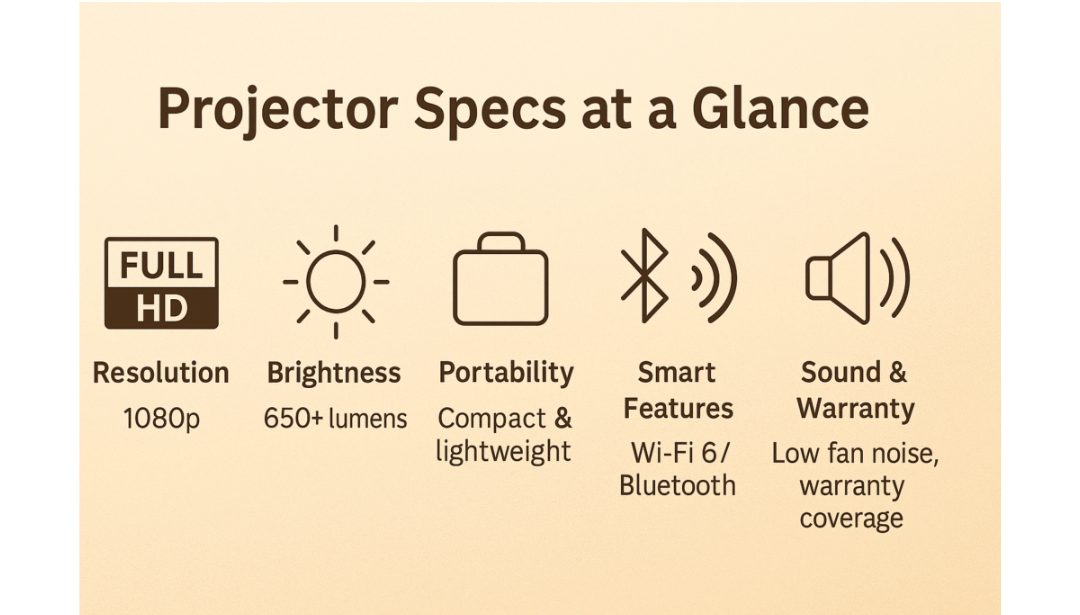
A decade ago, buying cheap meant compromising on almost everything. These days you can still save money but make smarter choices if you know what counts and what’s just marketing noise. Here’s where to focus:
Resolution & Brightness
If your screen will be larger than 80 inches, a true 1080p image is worth it — 720p simply looks soft at that size. Also check brightness carefully. Many affordable units advertise 500–700 ANSI lumens; if you expect some ambient light, aim for 650 ANSI or above.
Portability & Design
A budget projector shouldn’t feel like a brick. Look for compact dimensions, low weight and a handle or adjustable stand. Some models even support ceiling projection straight out of the box, which can be a lifesaver in small apartments or dorm rooms.
Connectivity & Smart Features
Wi-Fi 6 and Bluetooth 5.2 have trickled down to affordable models. Built-in streaming, Miracast or AirPlay, and auto focus or auto keystone correction save you cables and setup time.
Built-in Speakers & Audio Options
Most buyers at this price point don’t have an external sound system. Dual 5-watt Hi-Fi drivers are a common baseline and fine for casual viewing; you can always upgrade later.
Warranty & Local Support
A rock-bottom price isn’t a bargain if there’s no support. Brands with local warehouses or clear return policies provide a safety net.
Get these essentials right and you’ll sidestep the biggest pitfalls and zero in on budget projectors that genuinely deliver.
True 1080p Portable Projectors vs. 720p Minis
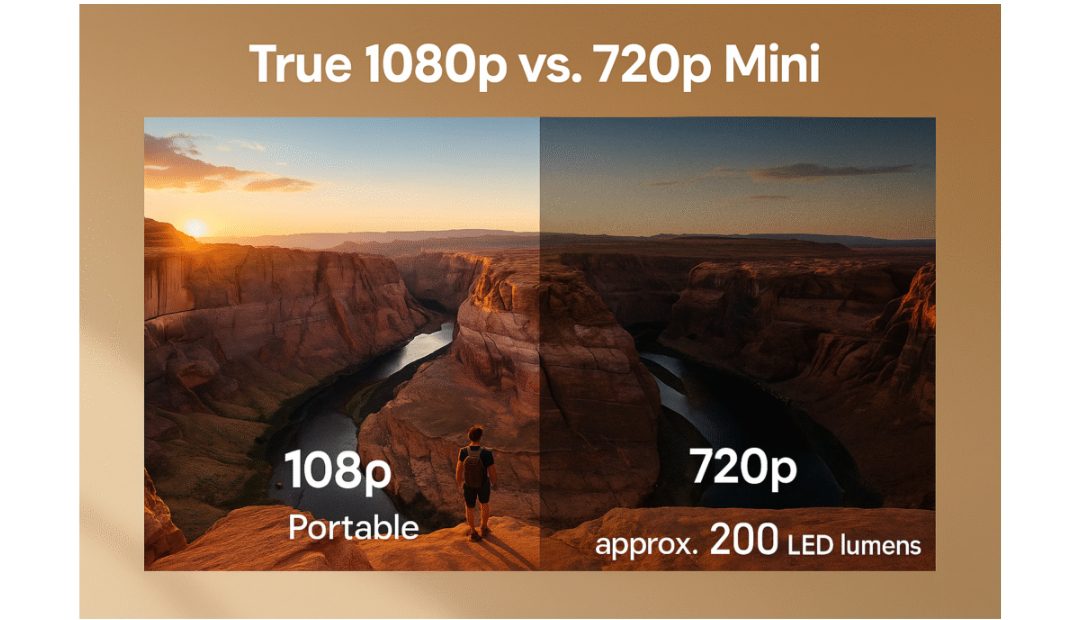
Marketplaces are flooded with tiny “mini” projectors that promise huge screens for very little money. Most of them are 720p or lower. At 60 inches that’s acceptable; at 100 inches it becomes visibly pixelated.
Brightness is another hidden compromise. Many mini projectors list “LED lumens” rather than ANSI lumens, inflating numbers on paper. A genuine 1080p portable model with 600–700 ANSI lumens will typically look far clearer than a 720p unit claiming a much higher “LED lumen” figure.
Ease of use differs too. Lower-end minis often demand manual focus and fiddly keystone adjustments. Newer models combine native Full HD, auto keystone correction, Wi-Fi 6 and Bluetooth in a compact body, so you can set up quickly and stream without extra gear.
For example, Magcubic’s 1080p portable projector — the L018 — pairs native Full HD resolution with about 650 ANSI lumens of brightness, auto keystone correction, Wi-Fi 6 and Bluetooth 5.2. Its adjustable stand makes ceiling projection straightforward, a feature often missing in lower-cost mini projectors.
Real-World Example: Magcubic L018 1080p Portable Projector
According to Magcubic’s product information, the L018 offers native Full HD (1080p) resolution and about 650 ANSI lumens of brightness with support for 4K input.
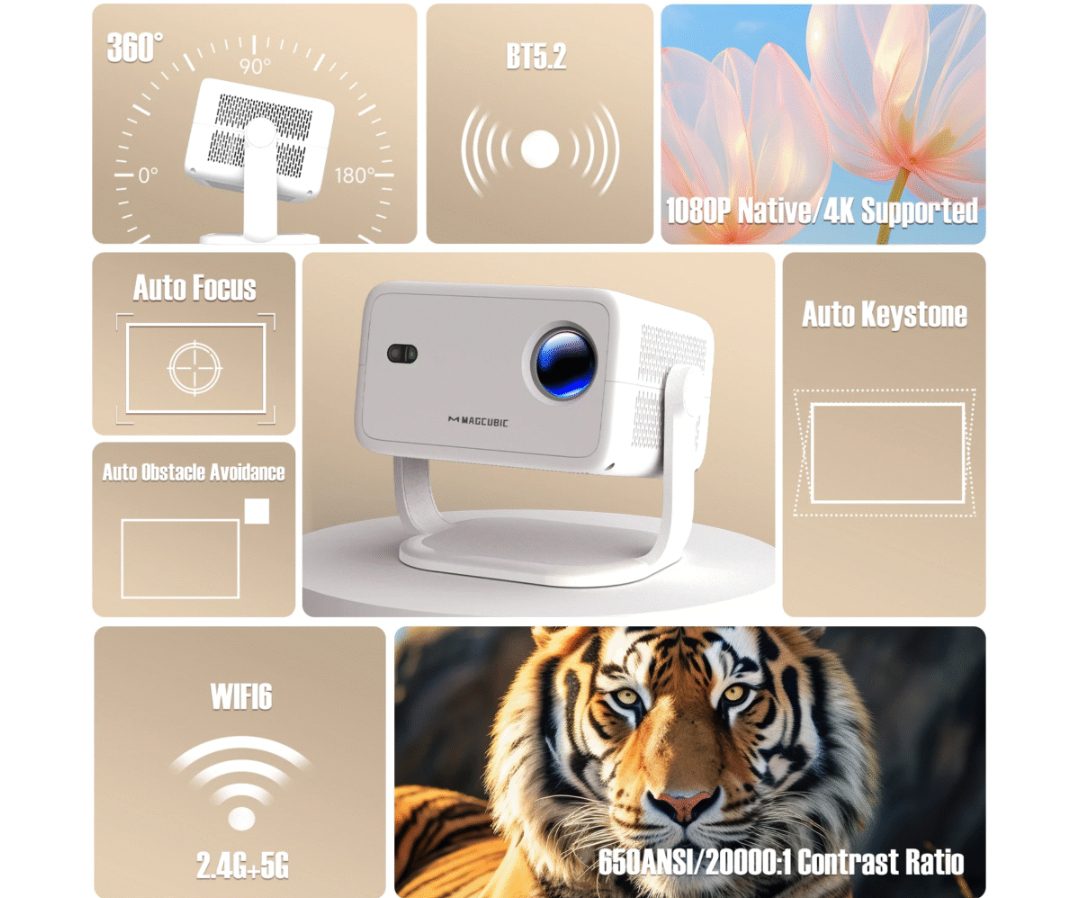
It includes auto keystone correction, Wi-Fi 6 and Bluetooth 5.2 for stable wireless streaming, plus an Android-based system for built-in apps. Its 180-degree adjustable stand lets you tilt or mount it for ceiling projection — a level of flexibility still uncommon among many low-cost mini projectors.
Because it combines these specs with a compact form factor, the L018 moves easily between rooms and, under darker conditions, can be used for evening outdoor movie sessions — a practical example of what a carefully chosen budget projector can deliver.
Quick Buyer’s Checklist for Budget Projectors
Before you hit “buy,” run any projector through this quick checklist. It turns spec sheets into real-world answers:
- Resolution & Brightness — At least Full HD (1080p); match ANSI lumens to your room’s lighting.
- Portability & Setup — Weight, built-in stand or battery, ease of moving between rooms or outdoors.
- Smart Features & Connectivity — Wi-Fi 6, Bluetooth 5.2, screen mirroring without extra boxes.
- Built-In Speakers & Audio — Are they strong enough for casual viewing or will you need external sound?
- Noise Level — Fan noise under about 30 dB is usually unobtrusive.
- Warranty & Local Support — Check return windows and local service options.
Tick off these boxes and you’ll know quickly whether a projector fits your space and habits before spending a penny.
Conclusion: Getting Big-Screen Value on a Budget
Buying a projector on a budget no longer means accepting a dim, low-resolution novelty. Understanding a few key specs — resolution, brightness, portability, smart features, sound and warranty — makes it much easier to separate genuine bargains from gadgets you’ll regret.
Think about your own space first: how large it is, how much ambient light it has, and whether you’ll move the projector around. Then use the checklist to compare models.
Approached this way, you’re far more likely to end up with a compact Full HD unit that fits everyday viewing rather than one that gathers dust. Armed with these insights, your next movie night can look — and sound — far better than you’d expect from a low-cost projector. And if you’re still unsure, start with the single feature that matters most to you — brightness, resolution or portability — narrow your options, and you’ll quickly discover how much big-screen value a well-chosen budget projector can offer.





